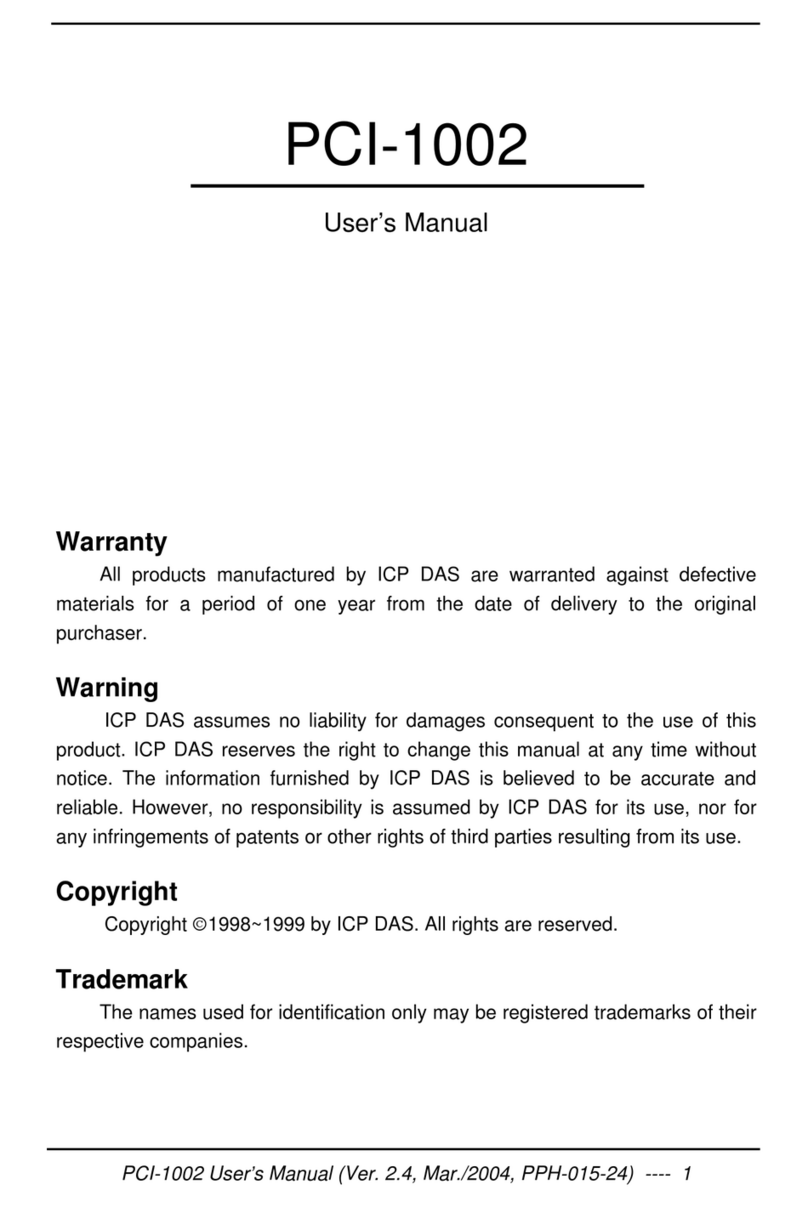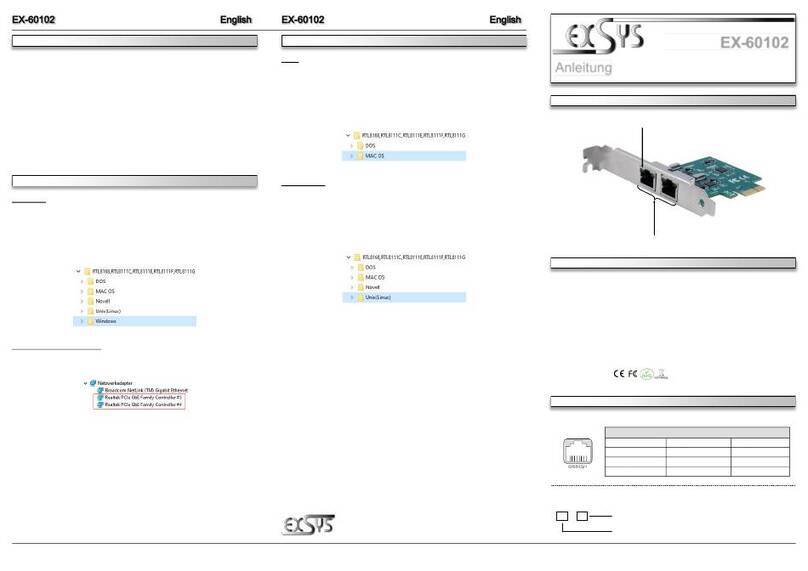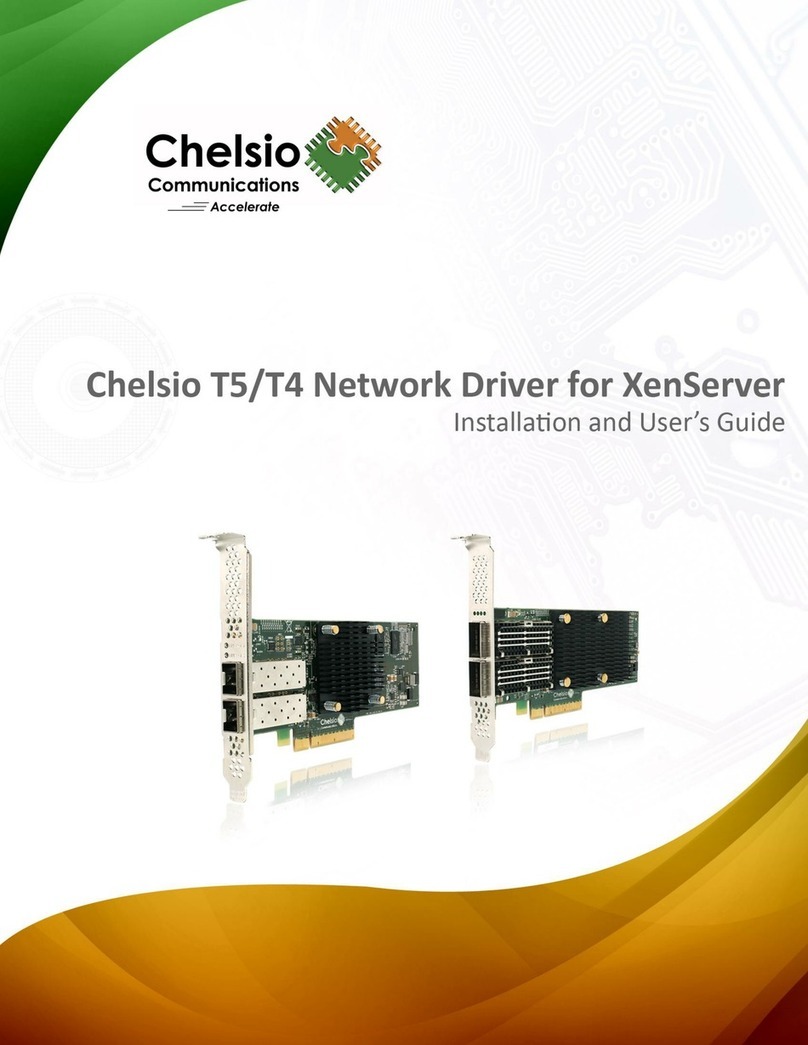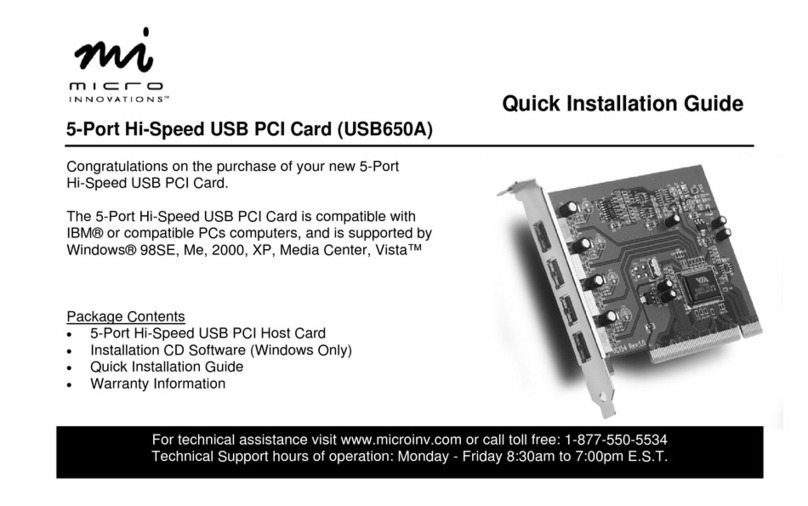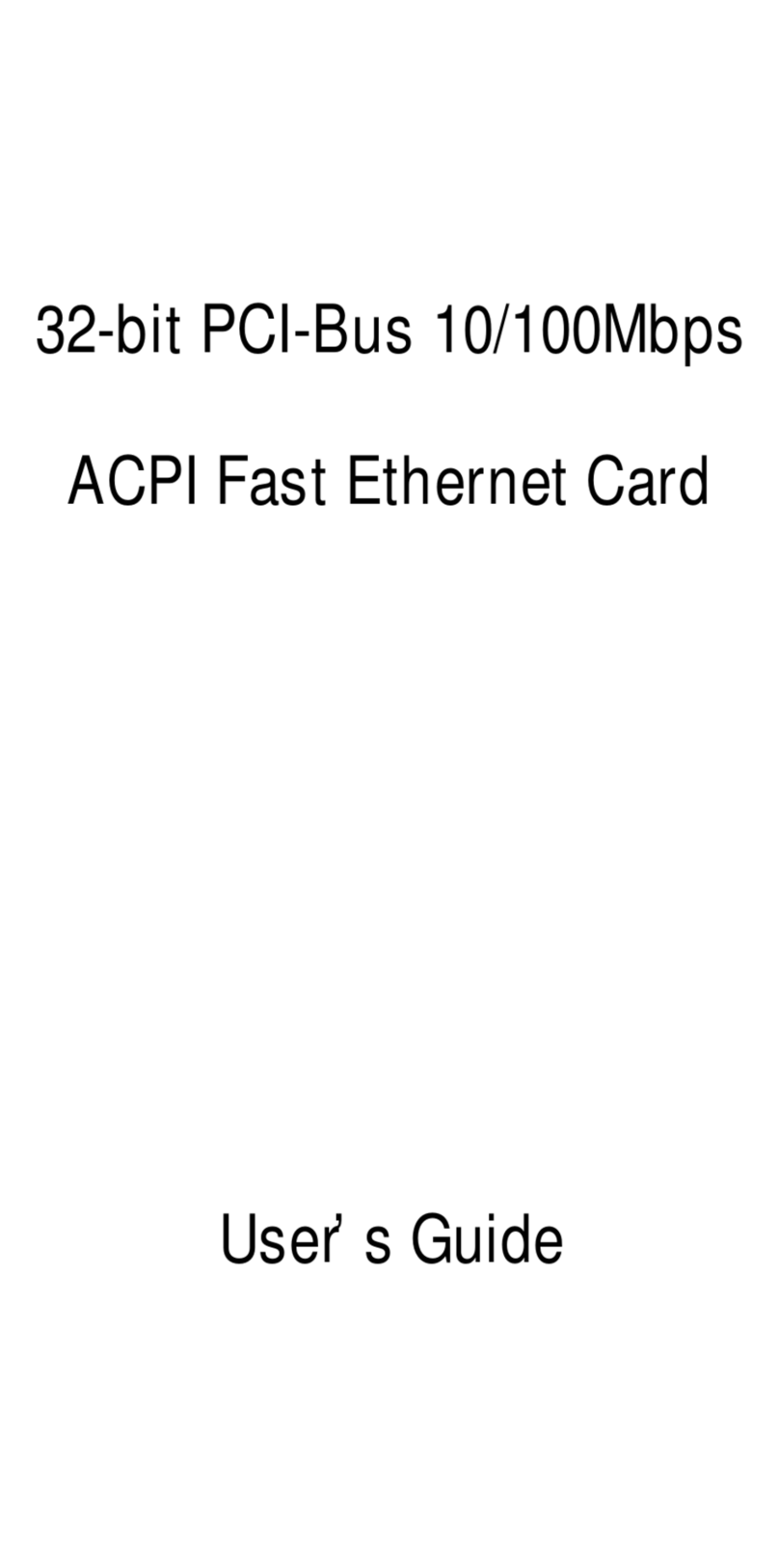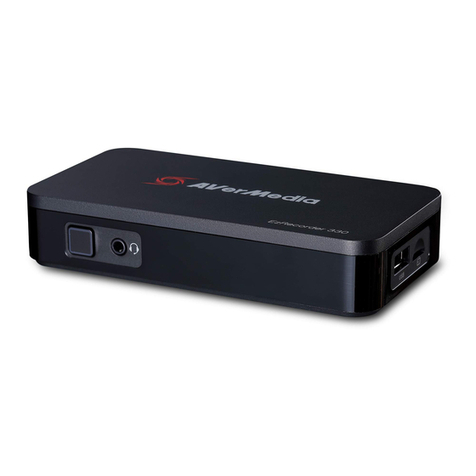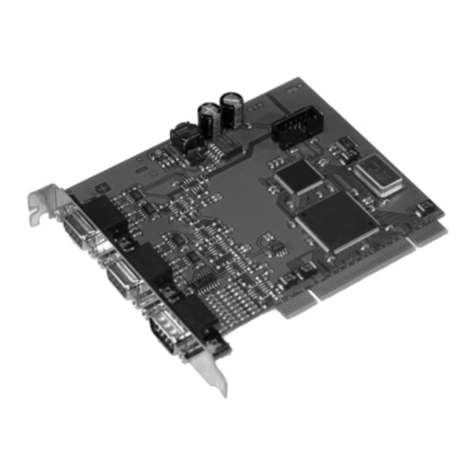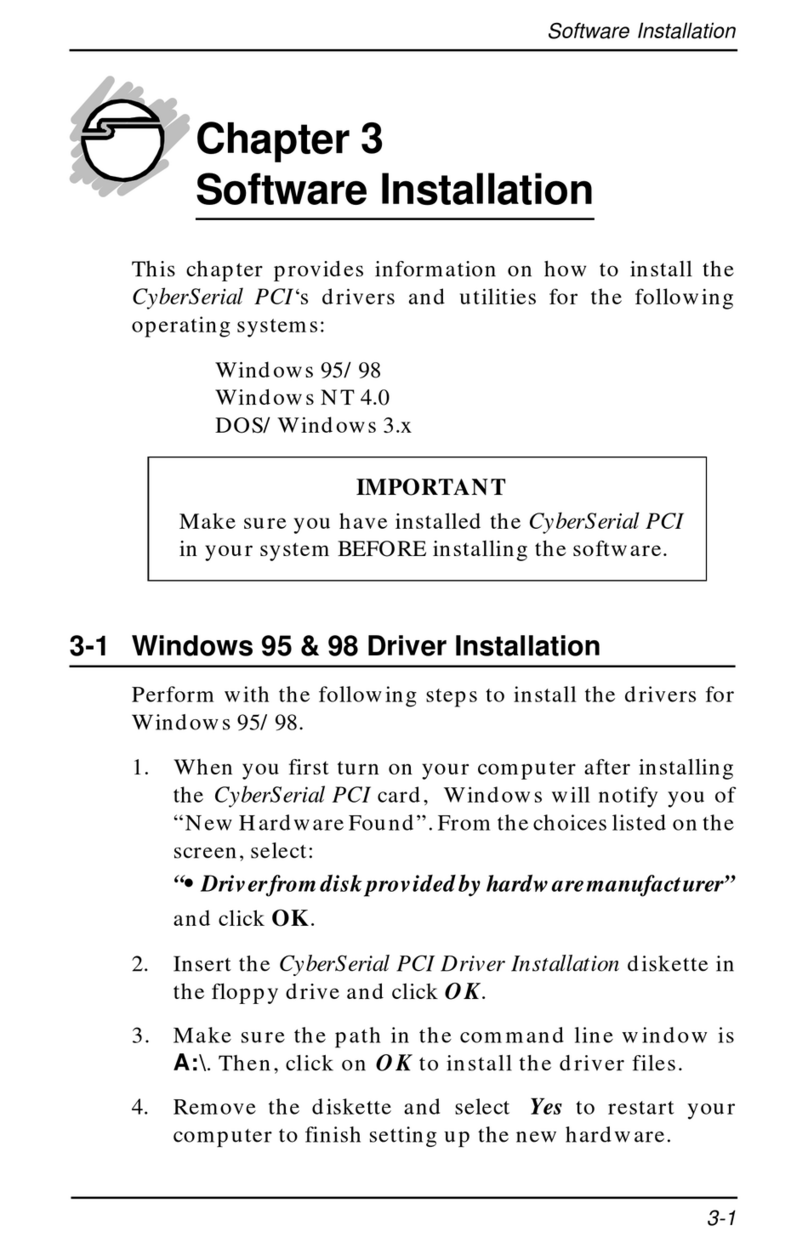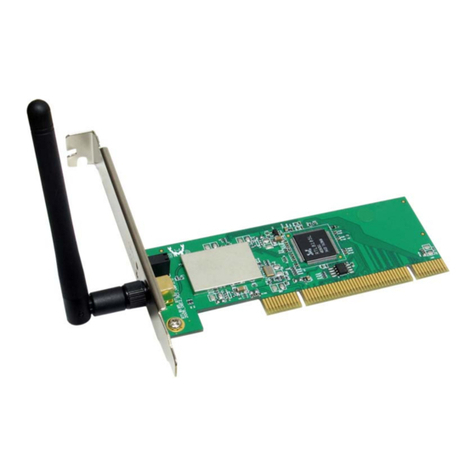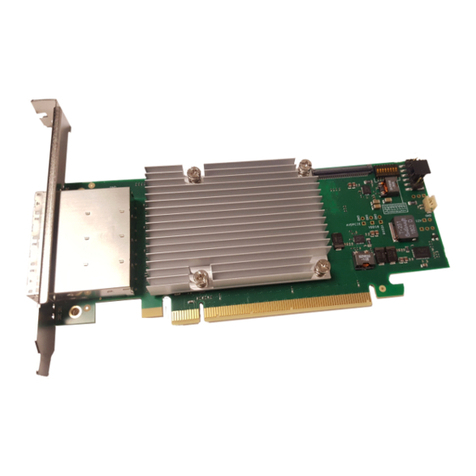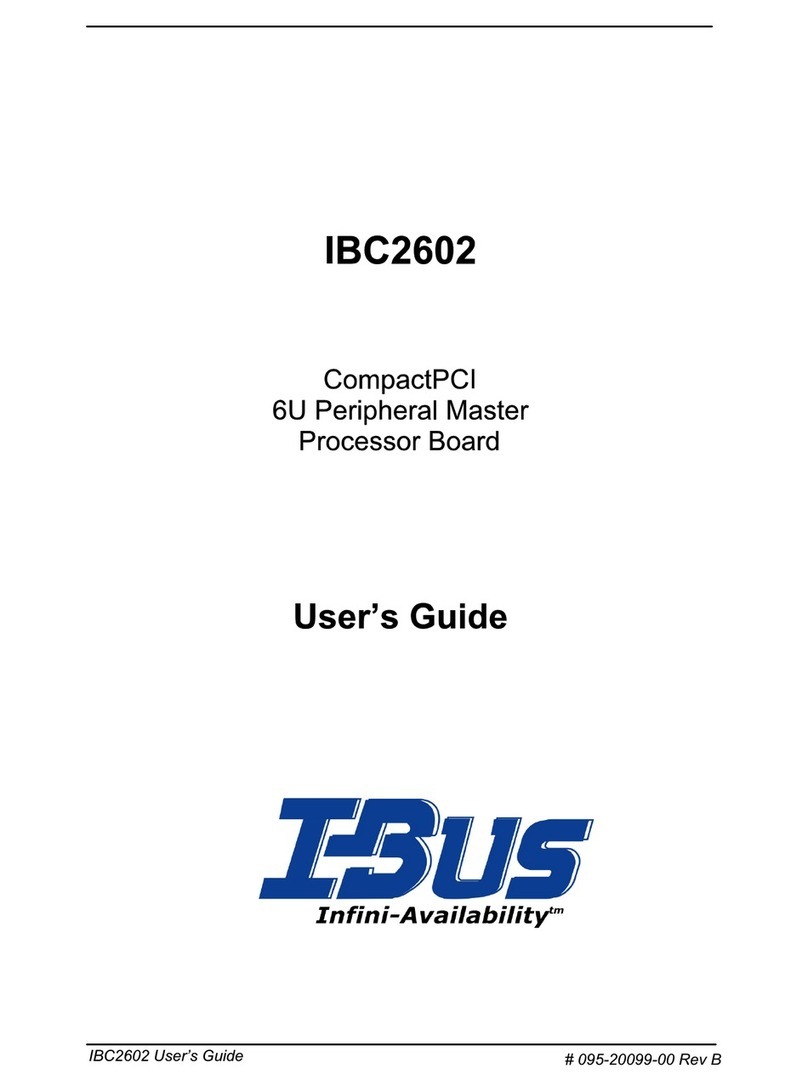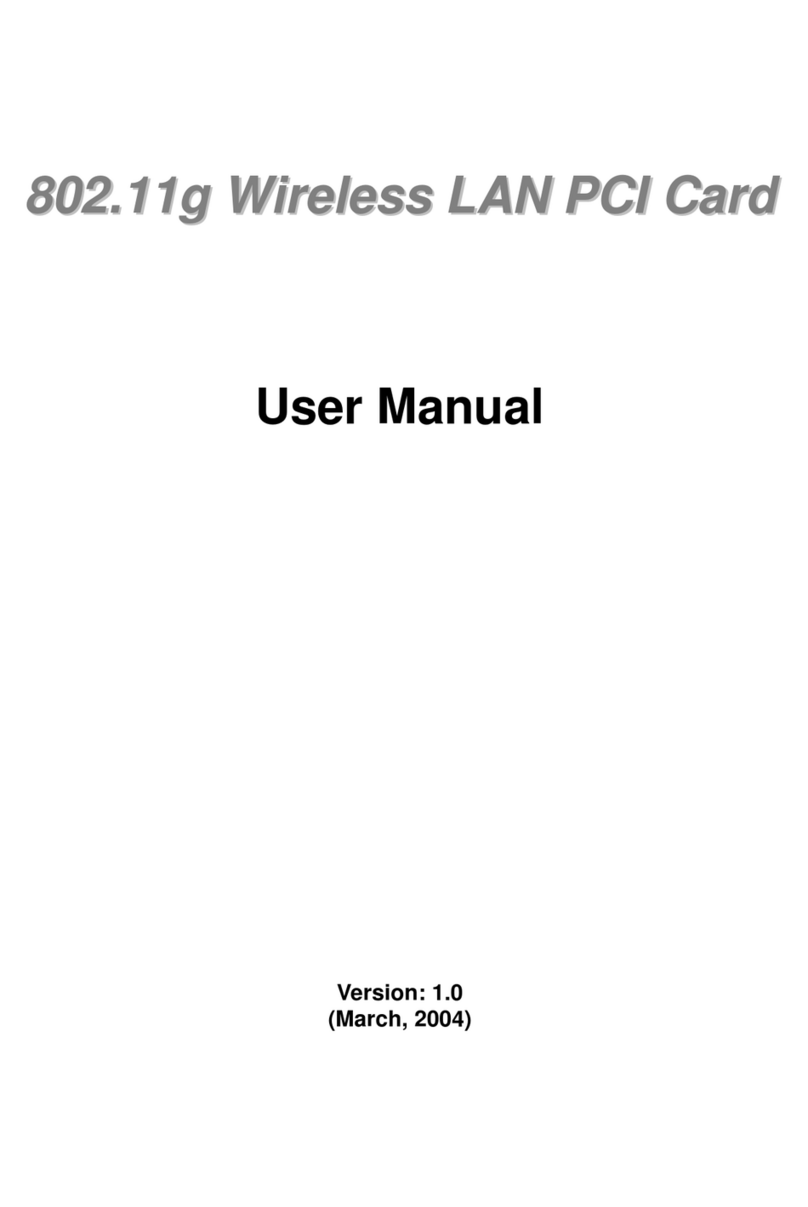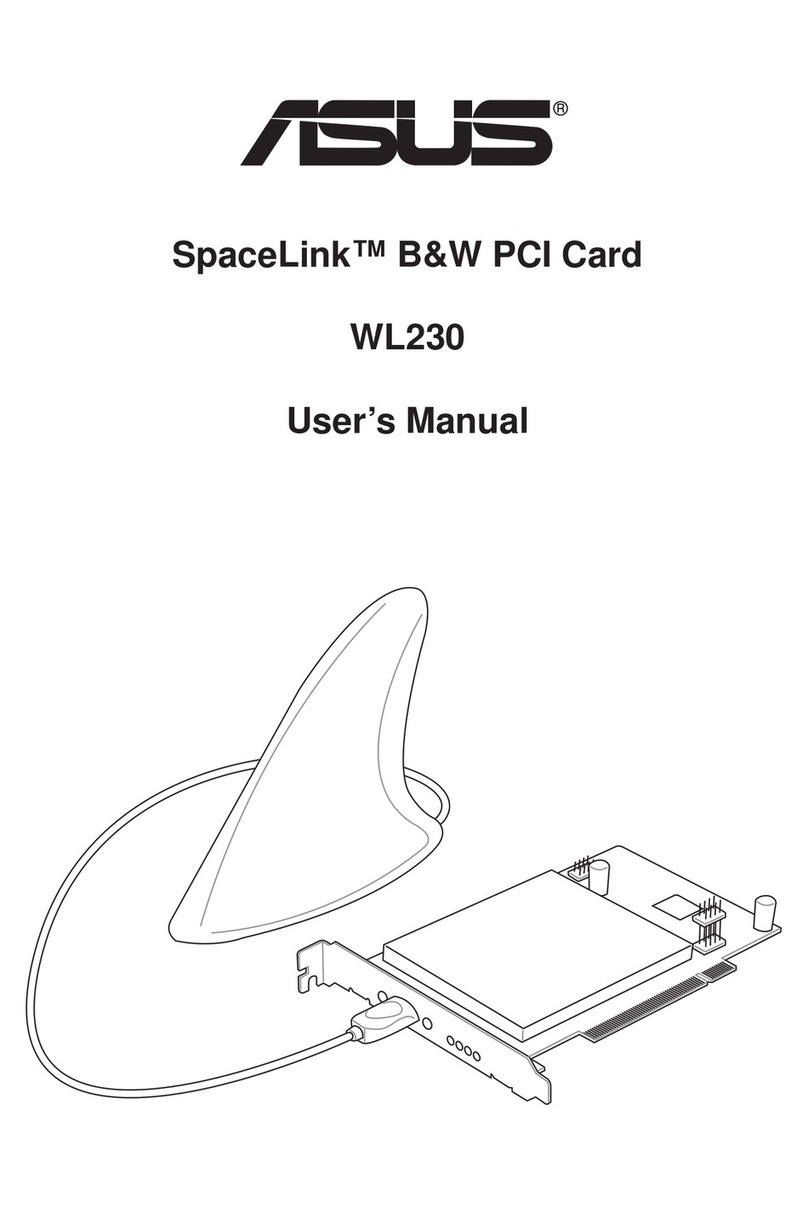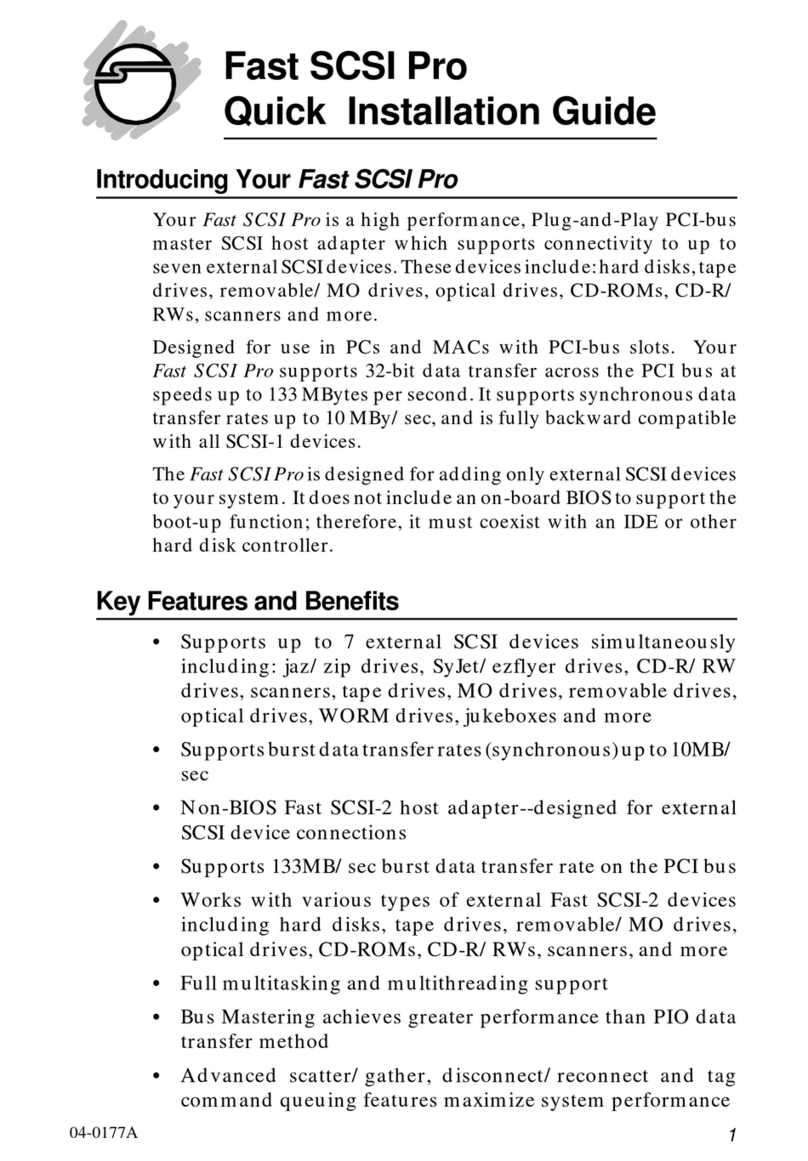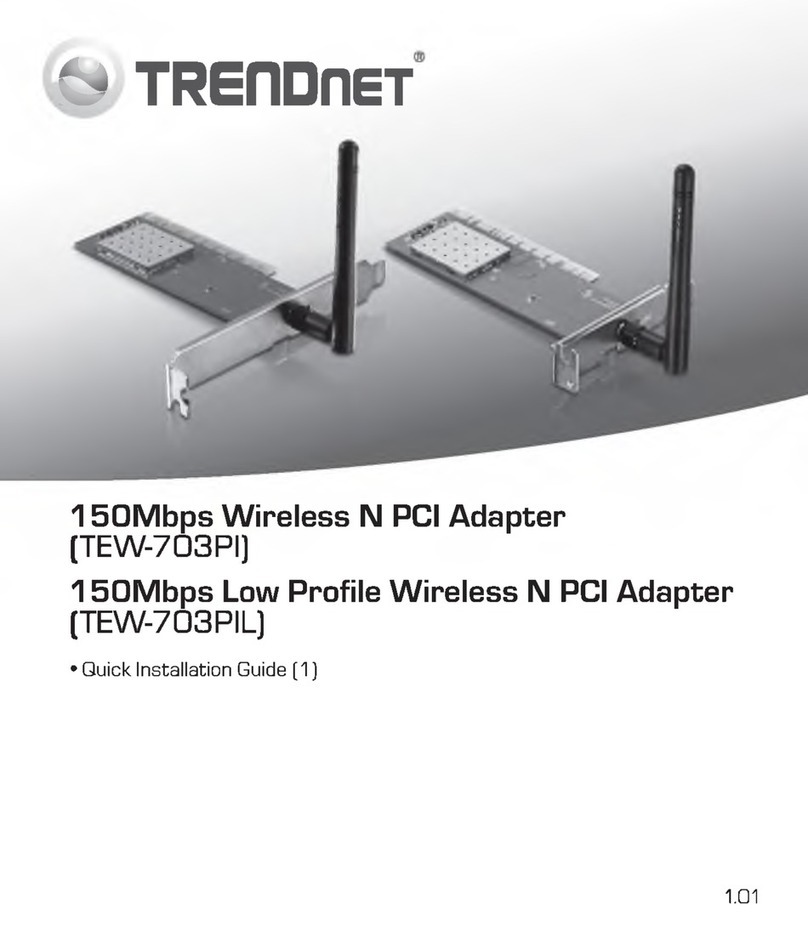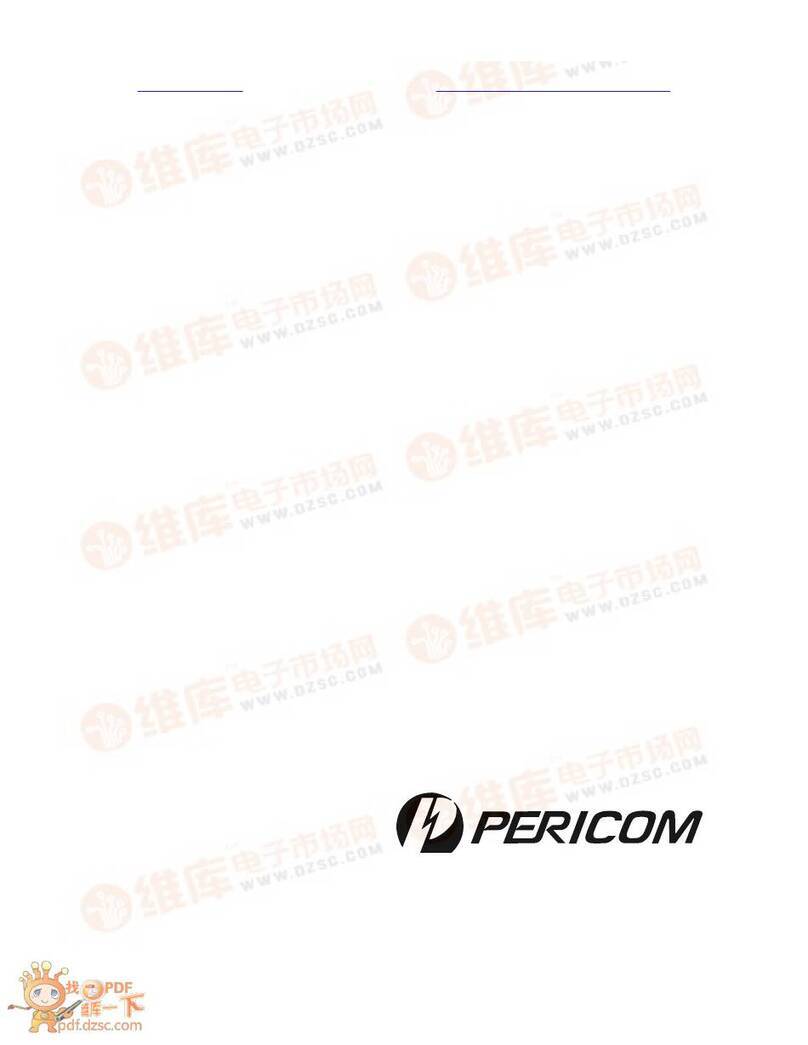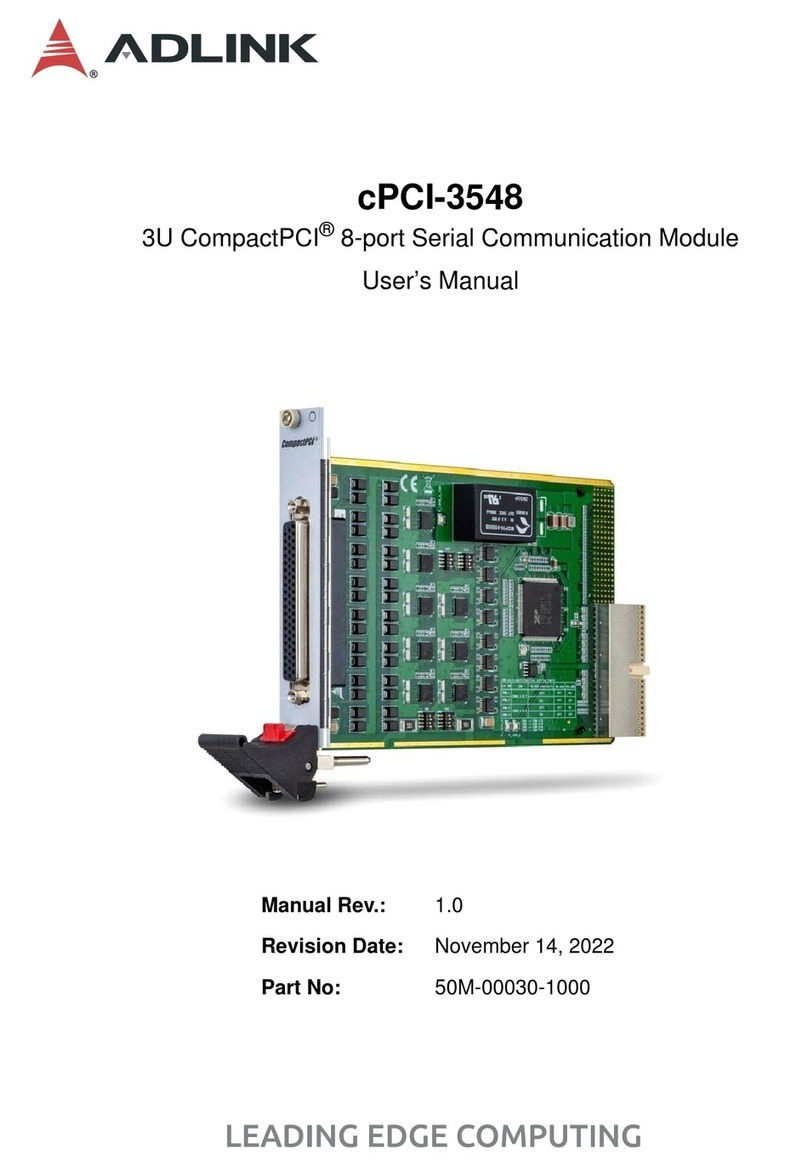
Installation, Operation & Application Guide
For more information on our complete range of American-made
products – plus wiring diagrams, troubleshooting tips and more,
visit us at www.icmcontrols.com
ICM2915
Gas Ignition Replacement Board
• Controls blower motors, gas valve, & spark ignitor in sequence
• Protects against short cycling
• Selectable Heat/Cool blower off-delay time
•FlashcodesfromtheonboardLEDindicatespecicproblemsforeasiertroubleshooting
•Repeatedignitionfailuresoramelosseswilldisableheatoperationforsafety
• 2-stage low heat and high heat
FEATURES
The ICM2915 is a form, t, and functional replacements for the boards shown in the cross-reference
section of this guide. The control boards are designed as automated gas ignition controls which monitor
the ignition sequence including the inducer, pressure switch, spark ignition, gas valve, ame sense, and
circulating blower while maintaining full safety circuit monitoring including the high limit switch, roll out
switch and auxiliary limit switch circuits. Onboard diagnostics will indicate when a fault condition exists.
In addition, the ICM2915 offers 2-stage low heat and high heat function for better efciency.
INTRODUCTION
• Line voltage: 230 VAC
• Line frequency: 50/60 Hz
• Control voltage: 18-30 VAC
• Circulating blower: 4 FLA @ 277 VAC
• Hi-efciencyblower:10mA @ 24 VAC
• Inducer blower: 0.7 FLA, 1.5 LRA @ 24 VAC
• Combined gas valve load: 1.5A @ 24 VAC
• Minimumamesignalthreshold:0.75 uA
SPECIFICATIONS
TRANE P/N #: D674713P01
REPLACES
Single stage operation
Upon a thermostat call for W1, the single stage heat mode is initiated. The control will verify the initial
state of the pressure switch and other safeties then engage the draft inducer. The control then veri-
es the closure of the pressure switch and enters a 20-second pre-purge (15 seconds on high speed
followed by 5 seconds on low speed). After the inducer pre-purge completes, the control energizes the
rst stage of the gas valve and initiates spark which ignites the ame. Once the ame is detected and
veried, a 45 second delay for the indoor blower is initiated. Following the delay, the indoor blower is
energized at low speed. When the W1 call from the thermostat is satised, the gas valve de-energizes,
ame sense is lost, and the control starts a 5 second draft inducer post-purge along with a eld selected
60 or 90 second indoor blower post-purge delay. After their delay times expire, the inducer and indoor
blowers will be de-energized.
Second stage operation
When a call for second stage heat (W2) occurs during a rst stage heat call (W1), the control changes
the draft inducer speed from low to high speed. Also, the control will switch the rst stage gas heat to
the second stage gas heat. Once the call for second stage heat (W2) is satised, the draft inducer is
switched from high speed to low speed, the gas valve is switched from second stage to rst stage, and
the indoor blower speed will switch from high to low within 30s.
First stage and second stage called together at the same time
The control initially processes the call as a single stage heat call. Once ame is established, the control
begins to process a second stage heat call operation after 10 minutes.
Note: A call for W2 without a call for W1 will not be recognized.
Cooling mode
Upon a thermostat call for cooling (Y) energized or (Y&G) energized, the control energizes the indoor
blower on high speed. When the thermostat is satised, the control executes a eld selectable 0 or 45
second indoor blower post purge off-delay. When the off-delay ends, the Indoor blower is turned off.
Continuous fan mode
Upon a singular (G) input which indicates a call for continuous indoor blower operation, the control will
energize the indoor blower at the low heat speed.
OPERATION
Use caution when installing and servicing the furnace to avoid and control electrostatic
discharge; ESD can impact electronic components. These precautions must be followed to
prevent electrostatic discharge from hand tools and personnel. Following the precautions will
protect the control from ESD by discharging static electricity buildup to ground.
1. Disconnect all power to the furnace. Do not touch the control or the wiring prior to discharging your
body’s electrostatic charge to ground.
2. To ground yourself, touch your hand and tools to a clean, metal (unpainted) furnace surface near
the control board.
3. Service the furnace after touching the chassis. Your body will recharge with static electricity as you
shufe your feet or move around, and you must reground yourself.
4. Reground yourself if you touch ungrounded items.
5. Before handling a new control, reground yourself, this will protect the control. Store the used and
new controls in separate; containers before touching ungrounded objects.
6. ESD damage can also be prevented by using an ESD service kit.
ELECTROSTATIC DISCHARGE (ESD) PRECAUTIONS
ELECTRICAL SHOCK HAZARD!
Before installing this unit, turn off power at the
main service panel by removing the fuse or switching the appropriate circuit breaker to
the OFF position. Follow all Local, State and National Electrical Codes when installing
this device.
CAUTION!
Only trained personnel should install or service heating equipment. When
working with heating equipment, be sure to read and understand all precautions in the
documentation, on labels, and on tags that accompany the equipment. Failure to follow
all safety guidelines may result in damage to equipment, severe personal injury or death.
> > >
CAUTION
< < <
CAUTION!
To service control, and prior to disconnection, label all wires. Failure to do so may
result in wiring errors that can cause dangerous operation.
1. Turn thermostat to the OFF position or set it to the lowest possible setting.
2. Turn OFF the electrical supply to furnace.
3. Turn OFF the gas supply to furnace.
CAUTION!
Failure to turn off gas and electric supplies can result in explosion, re, death or
personal injury.
4. Remove the furnace blower and control access doors.
5. Disconnect the thermostat wires and humidier wires (if equipped with a humidier).
6. Disconnect the line voltage, blower, electronic air cleaner wires (if equipped) and transformer wires.
7. Remove screws and any other fasteners and the old circuit board.
8. Examine the control and the control box for water stains.
9. Make repairs if any sources of water leakage are found. Be sure to check humidiers, evaporator
coils and vent systems in the area of the control.
REMOVE EXISTING CONTROL
1. Ground yourself. When handling the circuit board; hold it by the edges.
2. Fasten the circuit board with the retaining screws.
3. Connect all line voltage, low voltage and accessory wires.
4. Verify the sequence of operation.
INSTALL NEW CONTROL
The control will go into a 1-hour soft lockout if the following faults are detected:
• Limit switch open 4 times in one heat call
• Ignition failed (ame not sensed) 3 times in one heat call
• Flame lost after successful ignition 4 times in one heat call
• Gas valve sensed on when it should not be
• Gas valve sensed off when it should be on, 10 times in one heat call
Flame sensed while the gas valve is closed puts the control in lockout state, but lockout clears after the
blower off delay is complete (90 seconds or 60 seconds, depending on jumper selection).
LOCKOUT
FAULT CODE TABLE
# of Flashes Error
Steady OFF No power or board failure
Steady ON Normal operation with no thermostat call
Slow ash rate Normal operation with a heat call
2System lockout
3Pressure switch fault
4High temperature limit switch open
5Flame sensed without gas valve open or ame sensed without W call
6Flame roll out switch open
7Thermostat miswired (W1 & W2 reversed)
8Low ame sense signal
NOTE: At power up, the control will ash the last 4 faults stored in memory within the last 14 days
Function Time Units
Heat “ON” delay 45 Sec
Cool “ON” delay 1Sec
Flame recognition time 0.8 Sec
Flame establishing period 7Sec
Flame failure response time (before 10
seconds after trial for ignition period)
2Sec
Flame failure response time (otherwise) 0.8 Sec
Recycle time 20 Sec
Lockout time 300 Sec
Pre–purge time 20 Sec
Retry Time 60 Sec
Post–purge time 5Sec
Auto-restart purge time 5Sec
Trial for ignition period 7Sec
Interpurge time 60 Sec
Auto restart time 60 Min
Retry 2Each
Recycle Attempts 4Each
Heat fan OFF delay 60 or 90 sec., eld selectable, default will be 90 sec.
Cool fan OFF delay 0 or 45 sec., eld selectable, 45 sec. will be default for HEM,
45 sec. will be default for PSC.
Timing: (@ 25 VAC, 60 Hz, 25ºC unless noted)
Slow Flash: Normal operation with call for heat
Steady Flash: Normal operation without a call for heat
STATUS LED
When powering on, the control shall ash the last four error codes that have occurred in the last 14
days. The control will ash the newest error rst and oldest error last. The fault memory can be
manually erased by powering on with a G call in place and toggling W 3 times
Fault code Retrieval & Clearing
LIAF315.indd 1LIAF315.indd 1 4/14/22 11:14 AM4/14/22 11:14 AM
